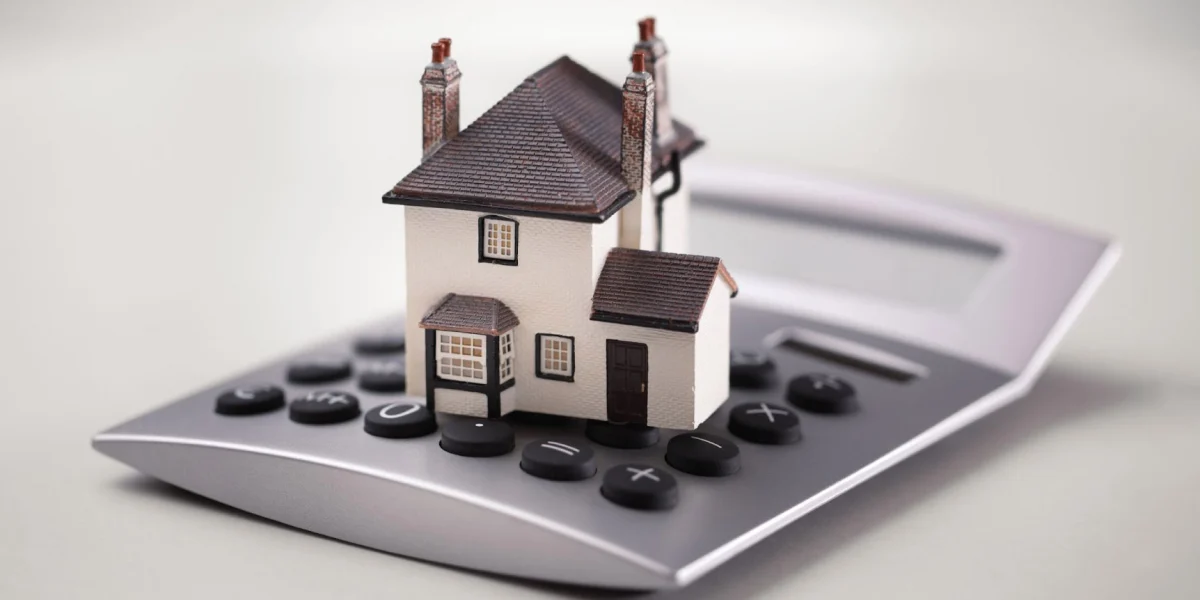When it comes to investing in condos as a rental property, many real estate investors…
(ARV) After-Repair Value and (AIV) As-Is Value: A Quick Guide

As a real estate investor, there are numerous terms you’ll need to grasp, especially when considering the financing and valuation of your properties. Two crucial concepts are the (ARV) After-Repair Value and (AIV) As-Is Value. Understanding these terms is essential for making well-informed decisions when buying, selling, or financing fix and flip properties.
What is As-Is Value (AIV)?
As-Is Value (AIV) refers to the current market value of a property before any improvements or repairs. It reflects the value based on its existing condition, considering factors like location, size, and comparable property sales in the area. Real estate investors typically rely on appraisals and market data to determine the AIV.
How to Calculate As-Is Value (AIV)
Gather Property Data
Start by researching the property’s specifics—location, size, condition, and unique features. You’ll also need information on comparable sales in the area.
Research Comparable Sales
Look for properties similar to yours that have recently sold in the area. Ideally, the comparable properties should be within a mile radius to ensure accuracy.
Make Adjustments
Compare the features of nearby properties and adjust the value based on differences, like extra bedrooms or larger lot sizes. These variations help refine your calculation.
Estimate the AIV
After compiling the data, you’ll have a reliable estimate of the As-Is Value. This figure is the foundation of your property’s potential.
What to Do with AIV?
There are several approaches to breaking down AIV, including the sales comparison approach, income approach, and cost approach. For fix and flip investments, the sales comparison approach is often the most relevant as it focuses on comparable property sales. The income approach works best for income-producing properties, while the cost approach considers the expense of rebuilding the property.
What is After-Repair Value (ARV)?
After-Repair Value (ARV) is the projected market value of a property after completing renovations. Understanding ARV is critical for real estate investors because it shows how much value can be added to the property after repairs. By calculating the ARV, investors can decide whether a property is worth purchasing, based on the potential return.
How to Calculate After-Repair Value (ARV)
Determine Current Value
Begin with the As-Is Value (AIV). This serves as the base from which you’ll calculate your ARV.
List Planned Renovations
Create a detailed scope-of-work (SOW) for the property, outlining all renovations you plan to make. These could include kitchen upgrades, bathroom remodeling, or exterior improvements. Learn more about renovating fix and flip properties.
Research Comparable Sales Post-Renovation
Look for nearby properties that have undergone similar renovations. These will help guide your estimate of the After-Repair Value (ARV).
Estimate Renovation Costs
Calculate the costs for all planned repairs, including materials, labor, and permits. Having accurate estimates will ensure your ARV is realistic. Cost estimates from trusted contractors are key here.
Add Value Increase to AIV
After analyzing the data, determine how much value the repairs will add. Add this increase to the As-Is Value (AIV) to get the After-Repair Value (ARV).
Verify Your Calculation
Double-check your ARV calculation, as market conditions and repair quality can impact the final value.
Why After-Repair Value (ARV) is Essential
For real estate investors, knowing the After-Repair Value (ARV) is crucial for planning investments. It allows you to predict the profit potential and decide on the financing you’ll need. Lenders often use ARV to determine loan amounts, so having an accurate ARV can significantly affect your investment’s success.
Conclusion
By mastering the concepts of As-Is Value (AIV) and After-Repair Value (ARV), you can make smarter decisions on your fix and flip investments. These calculations are foundational when evaluating whether a property is worth the investment and for securing financing. Accurate ARV and AIV figures ensure you are making informed, data-driven decisions that will lead to profitable returns.
For further insights on fix and flip investments, check out expert advice on fix and flip loans, read about investment property financing options, and explore the best renovation practices.
Contact us for personalized advice.




